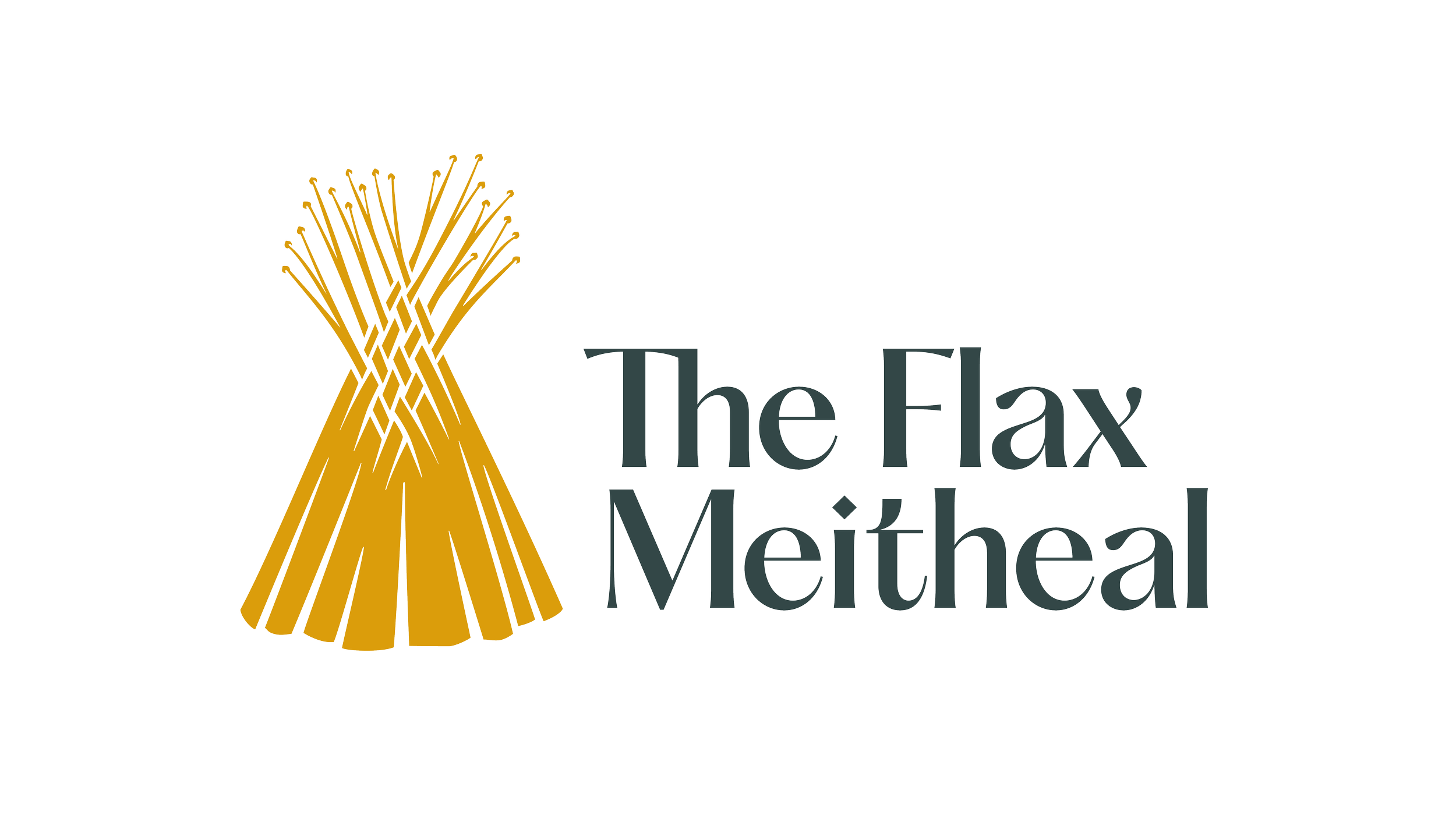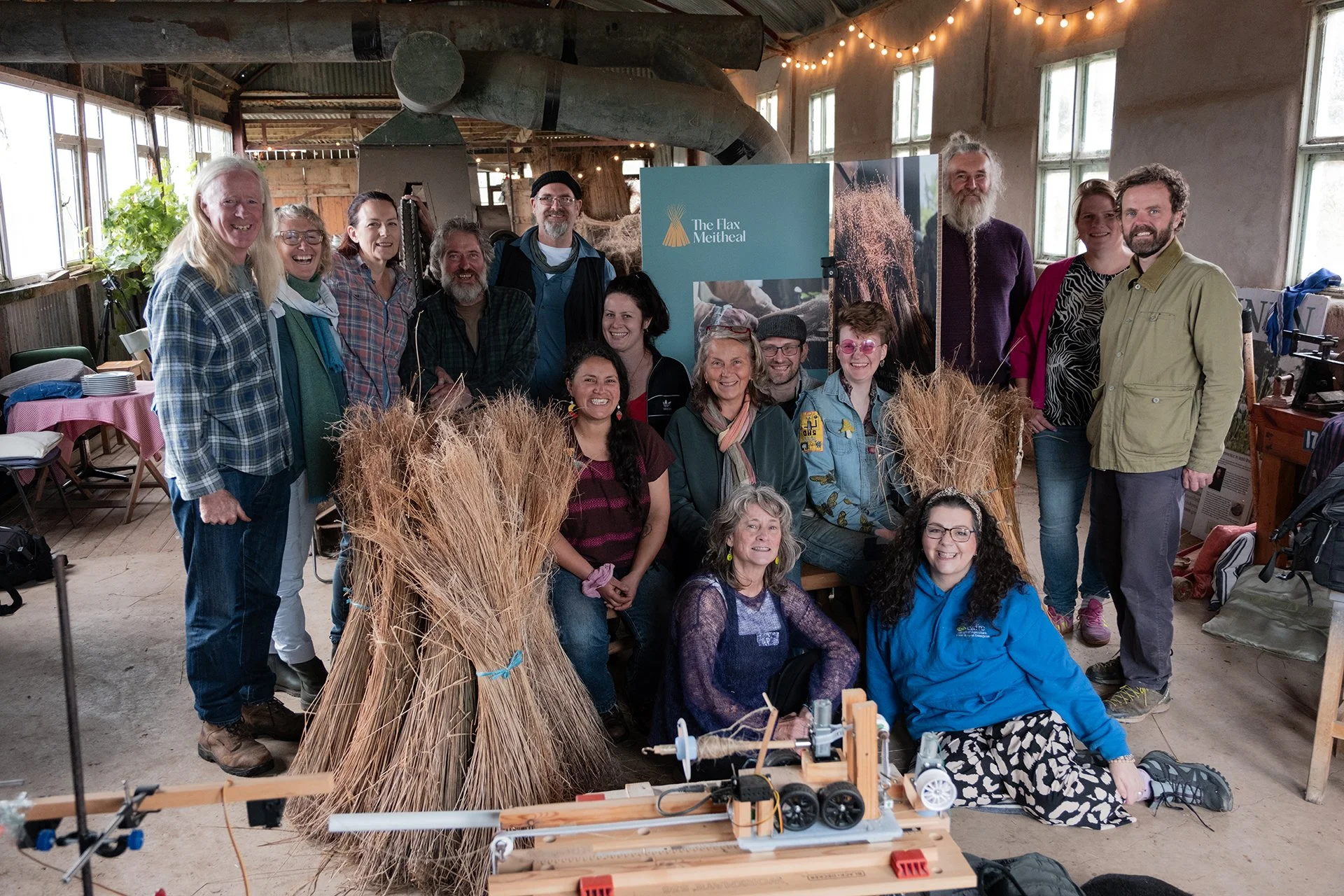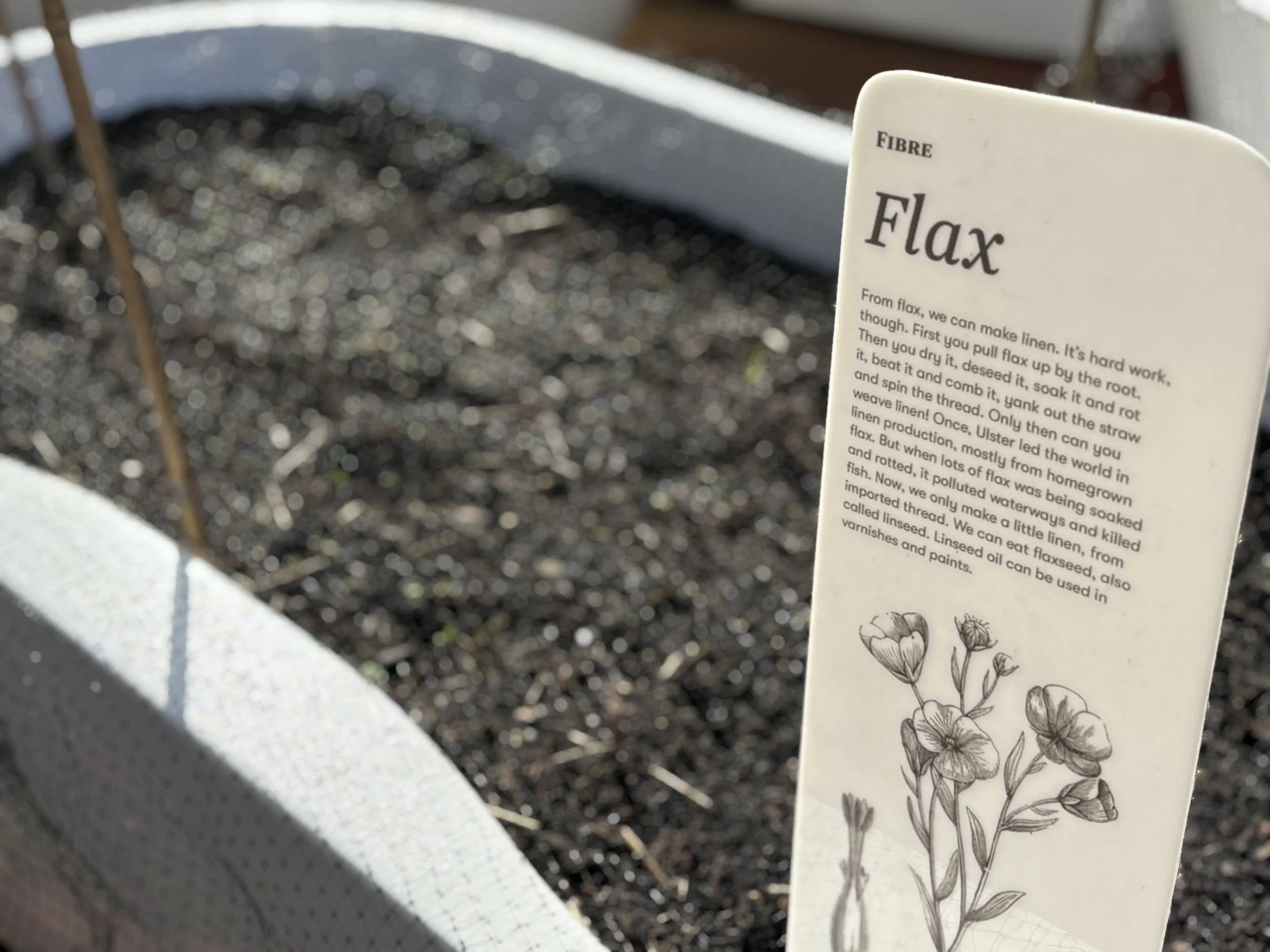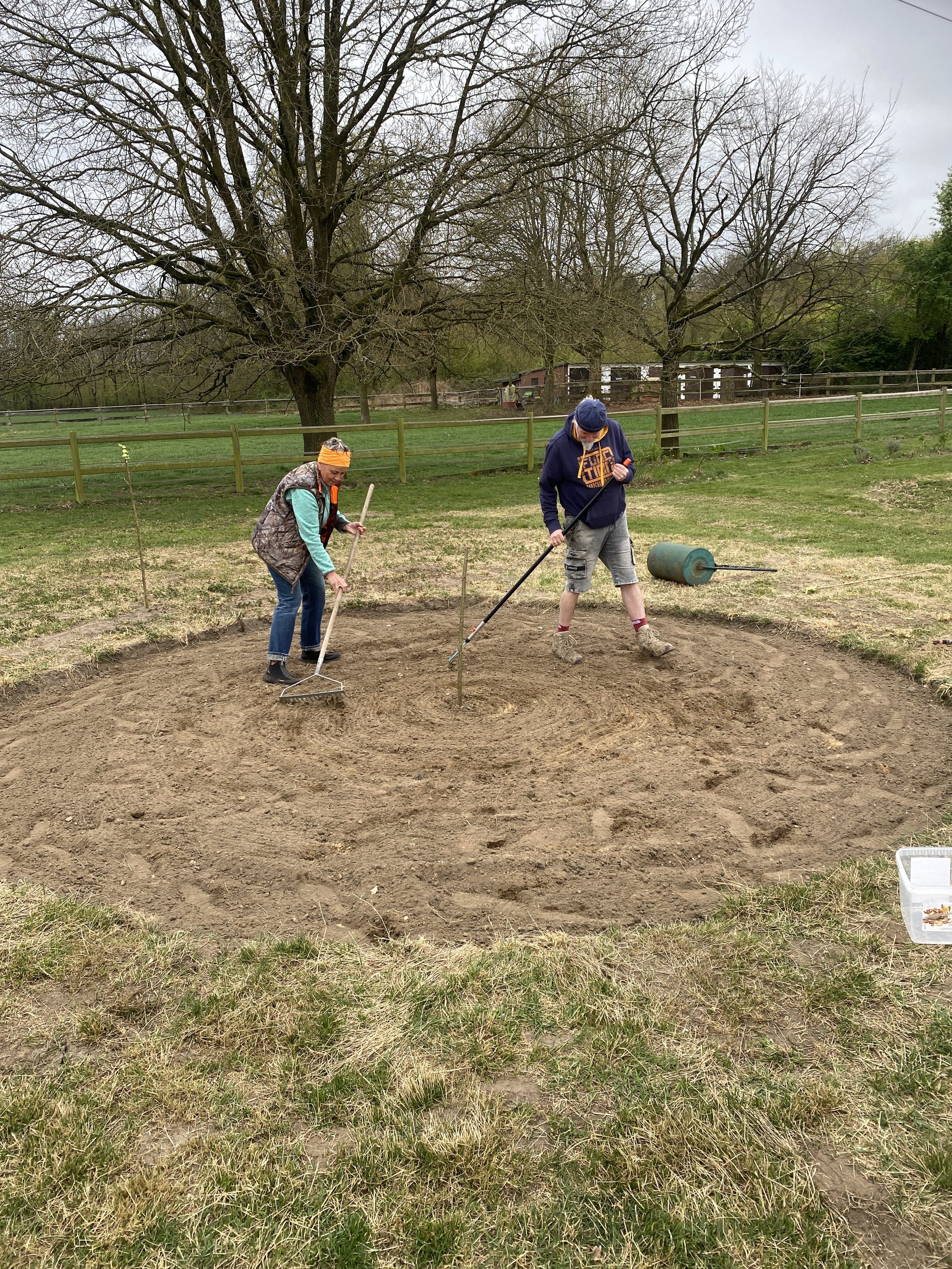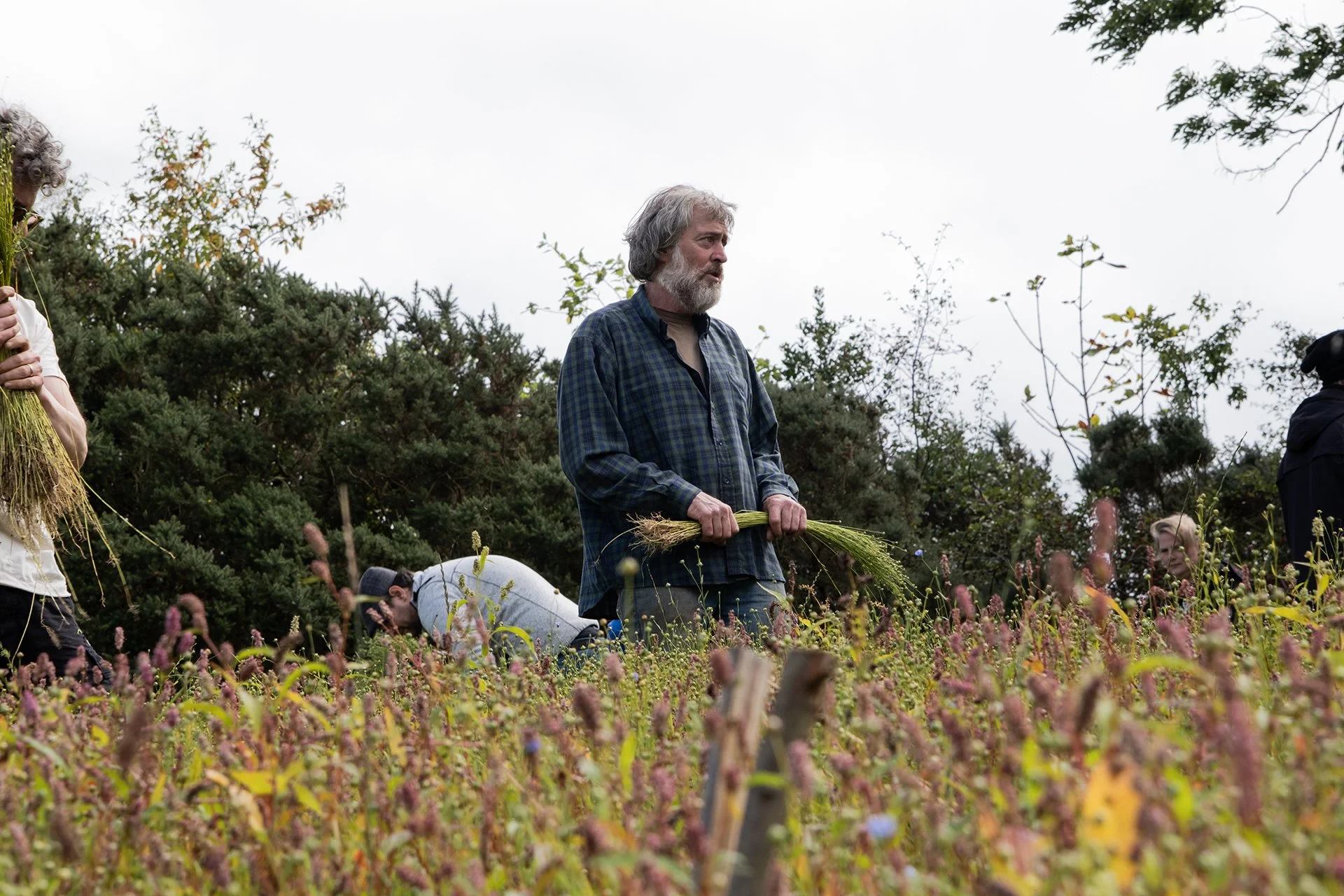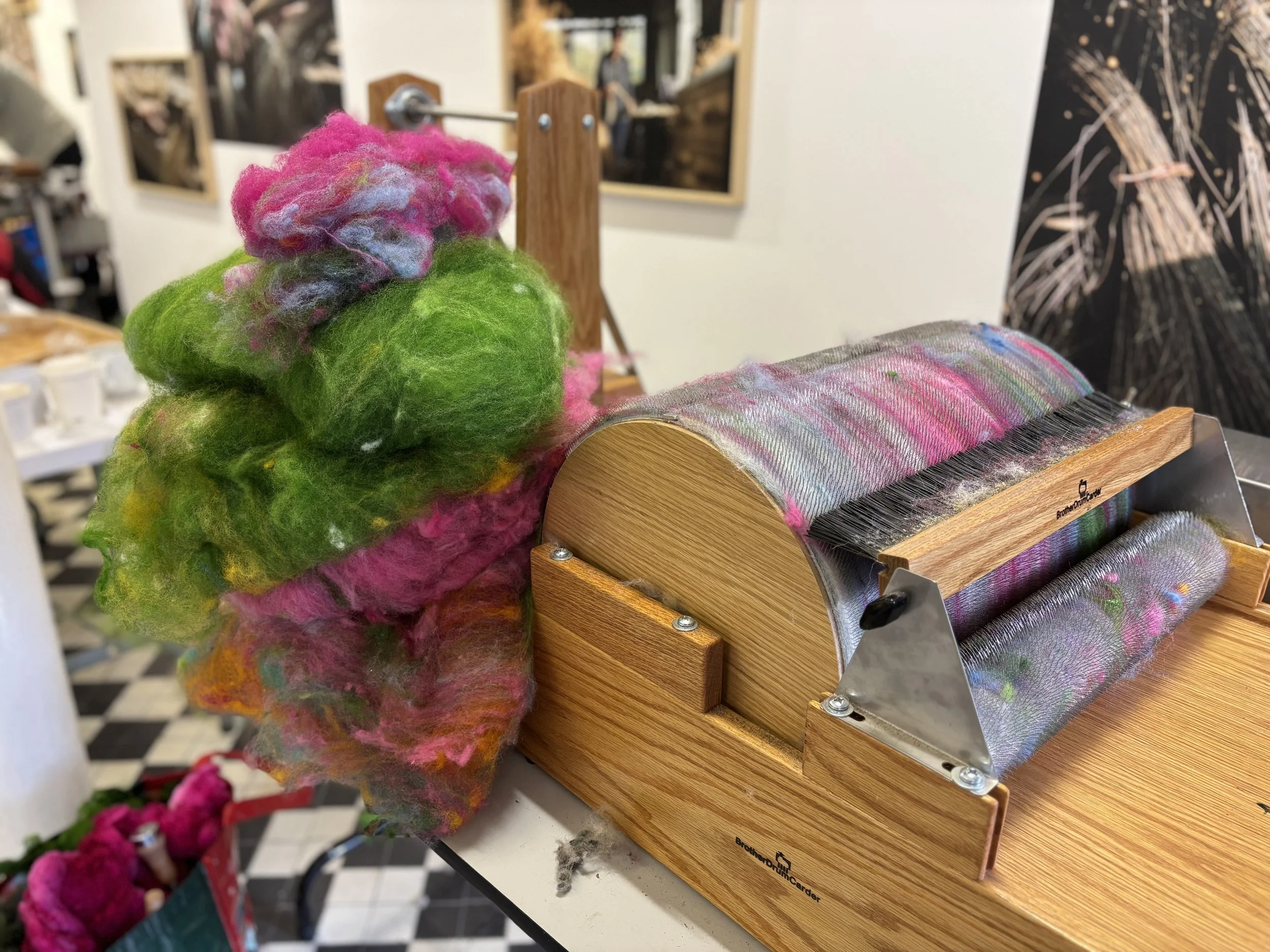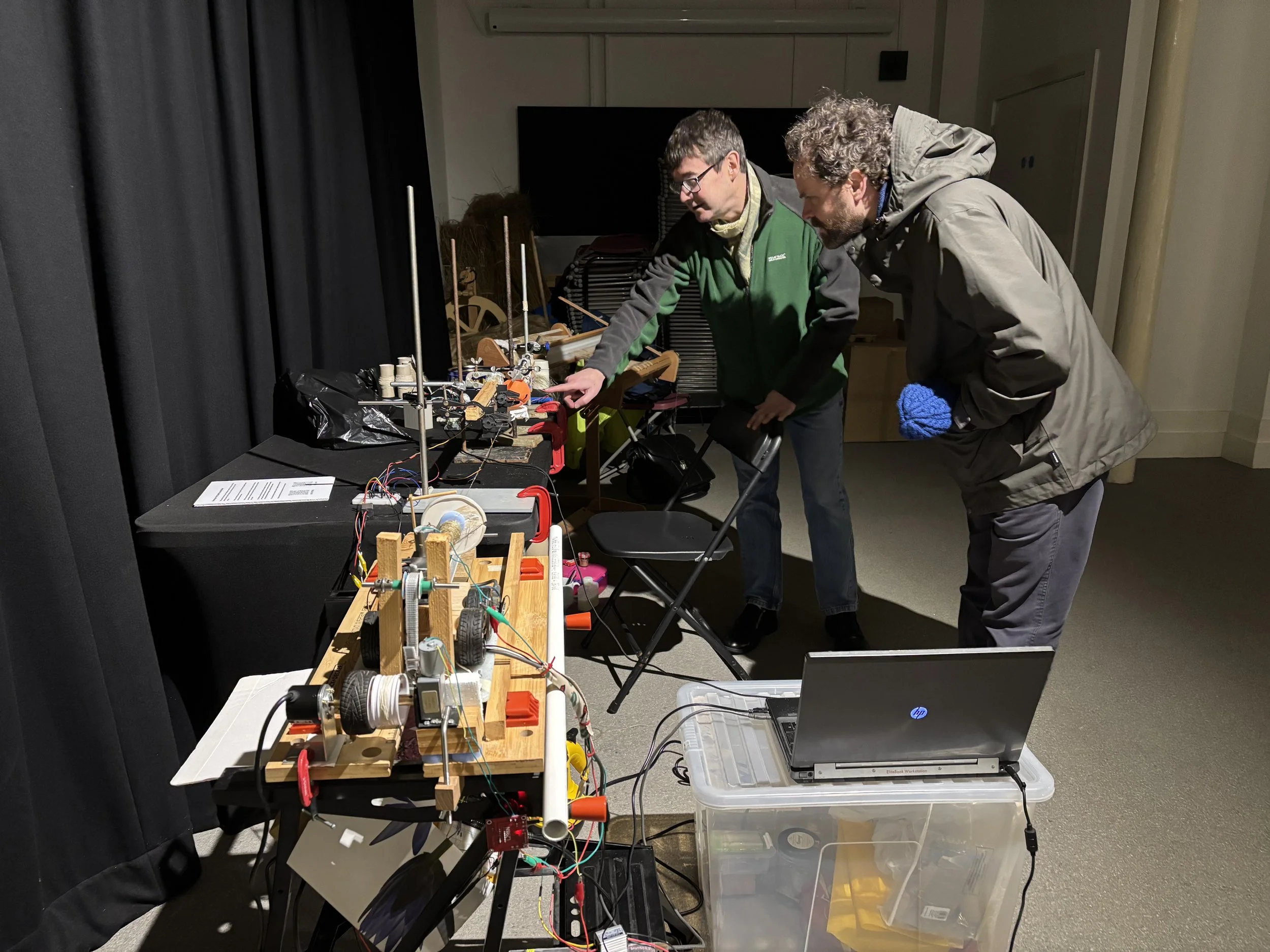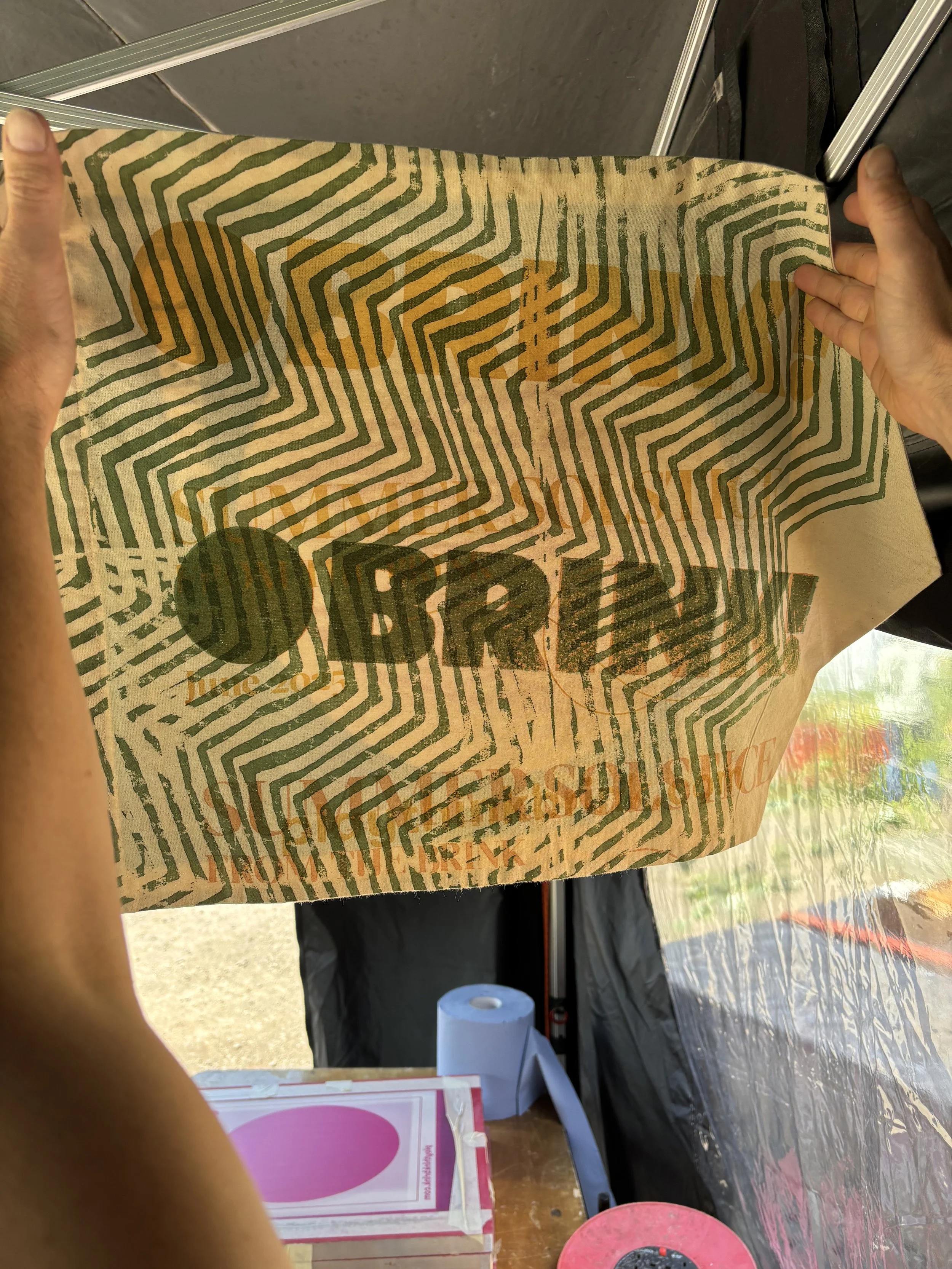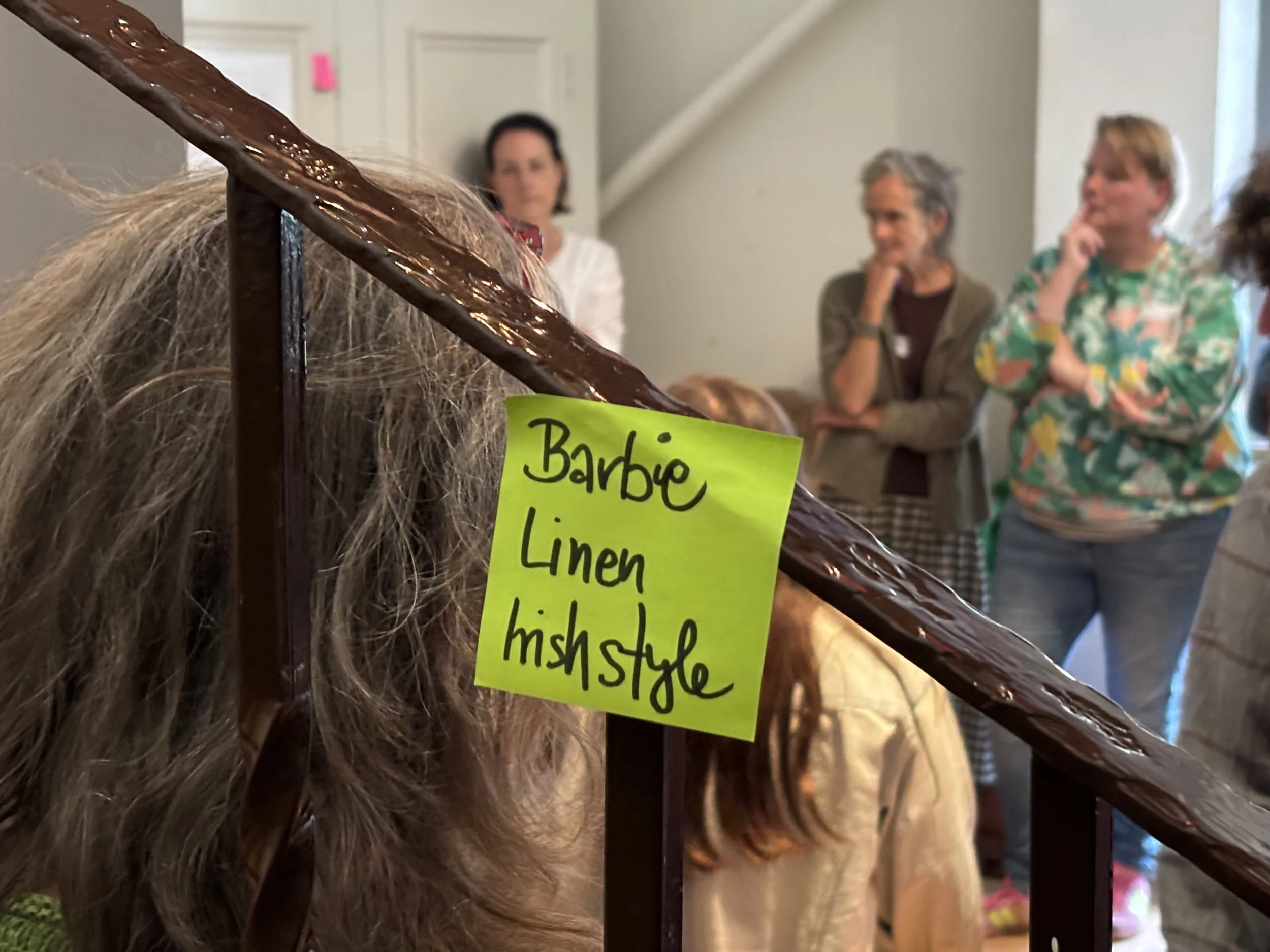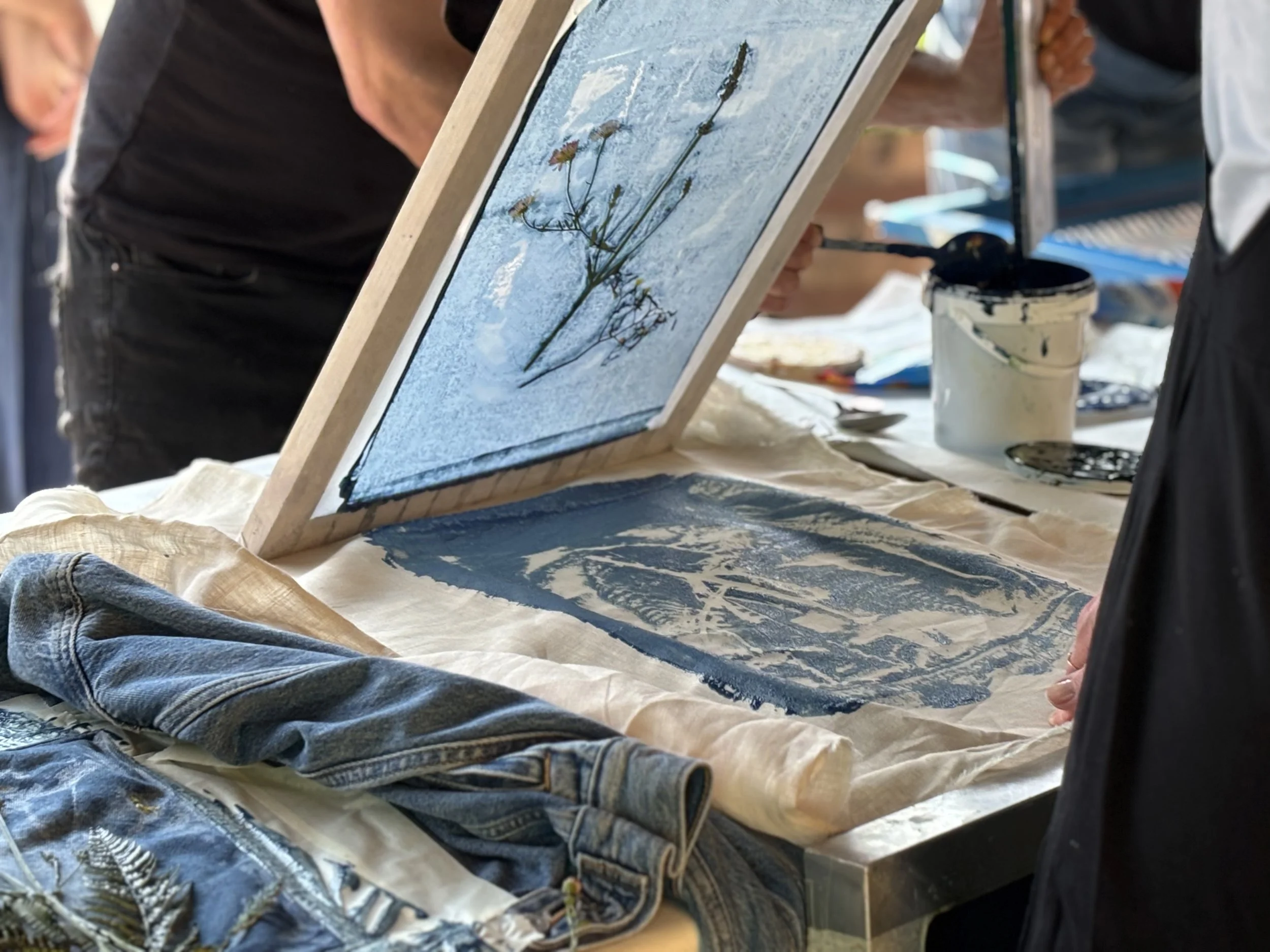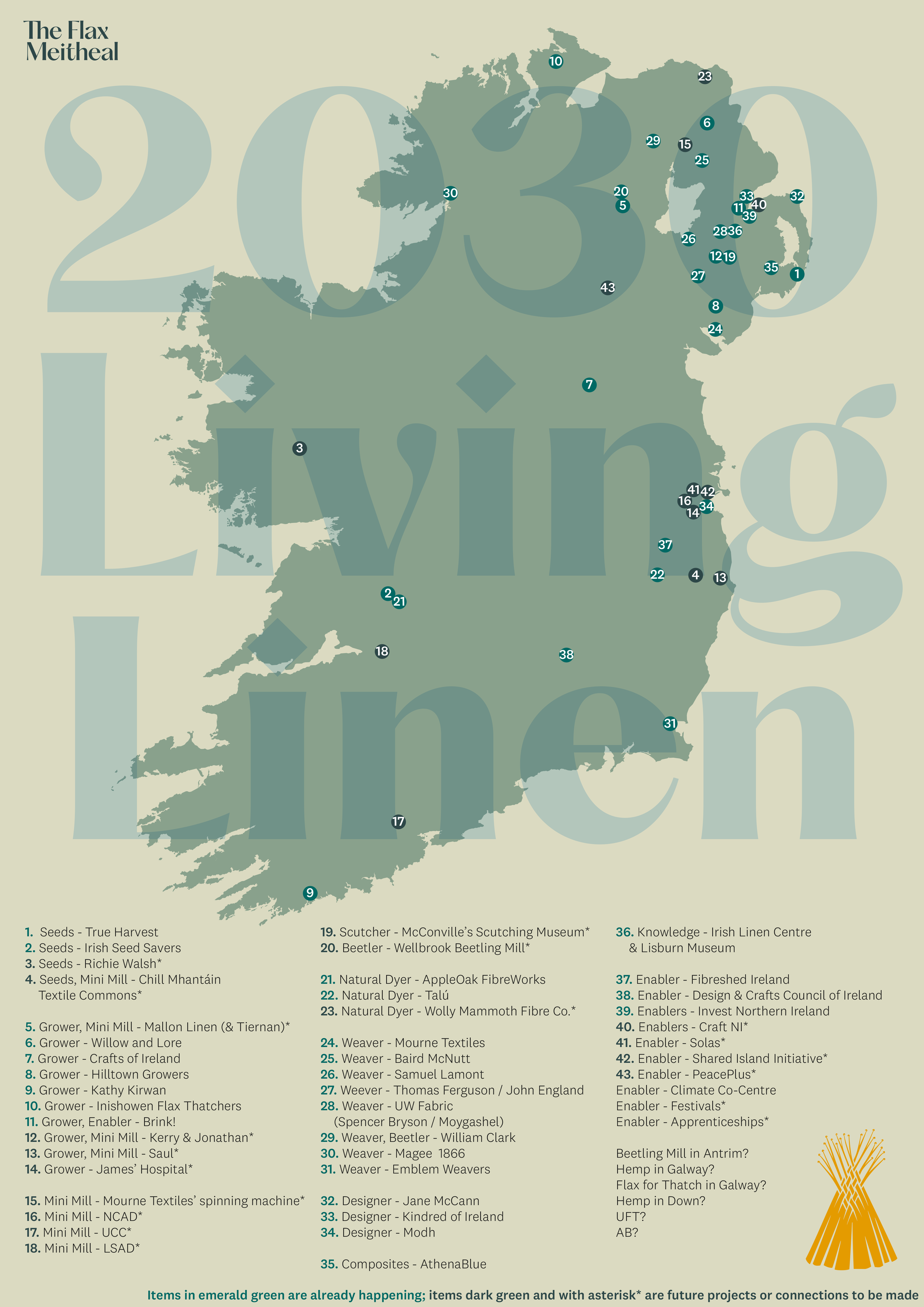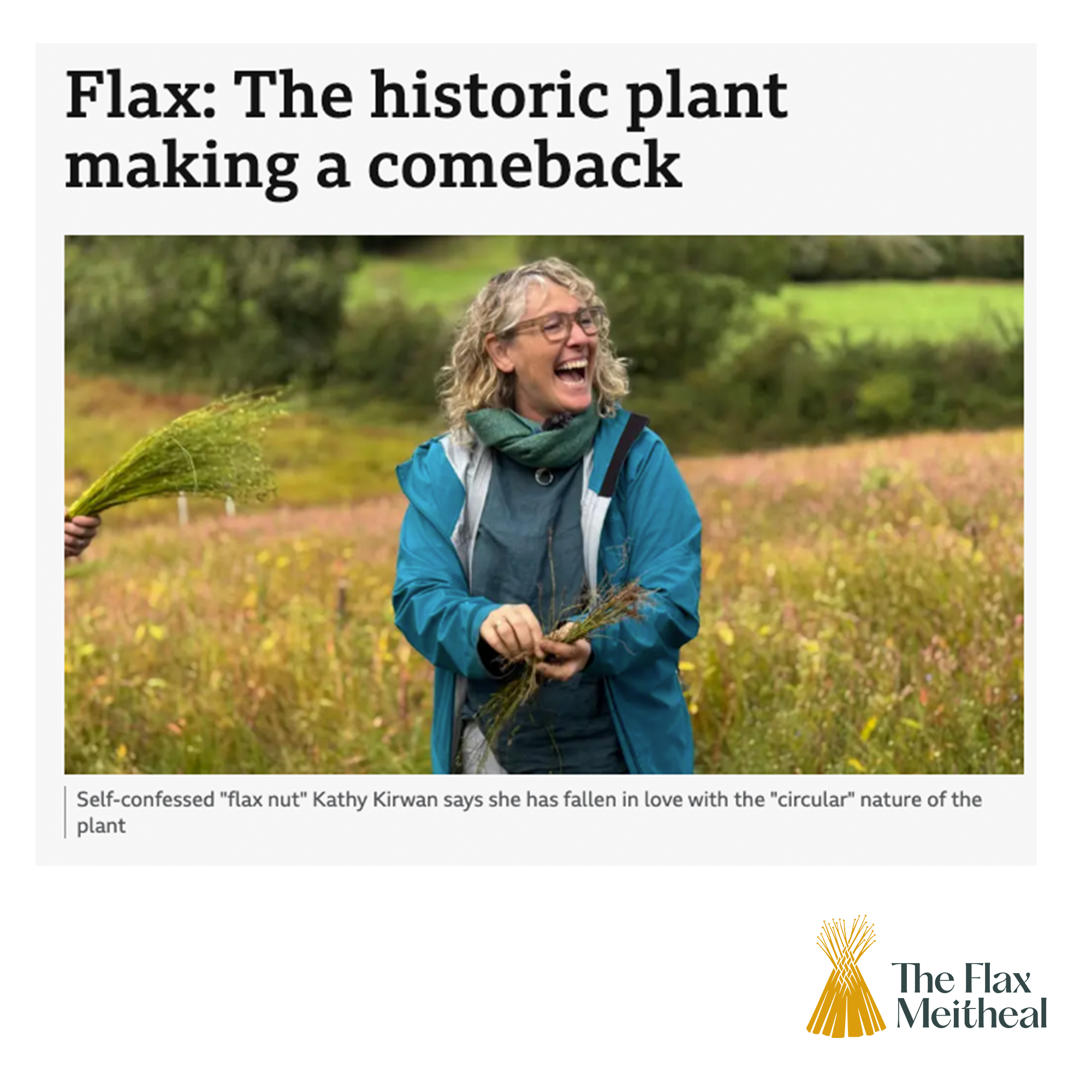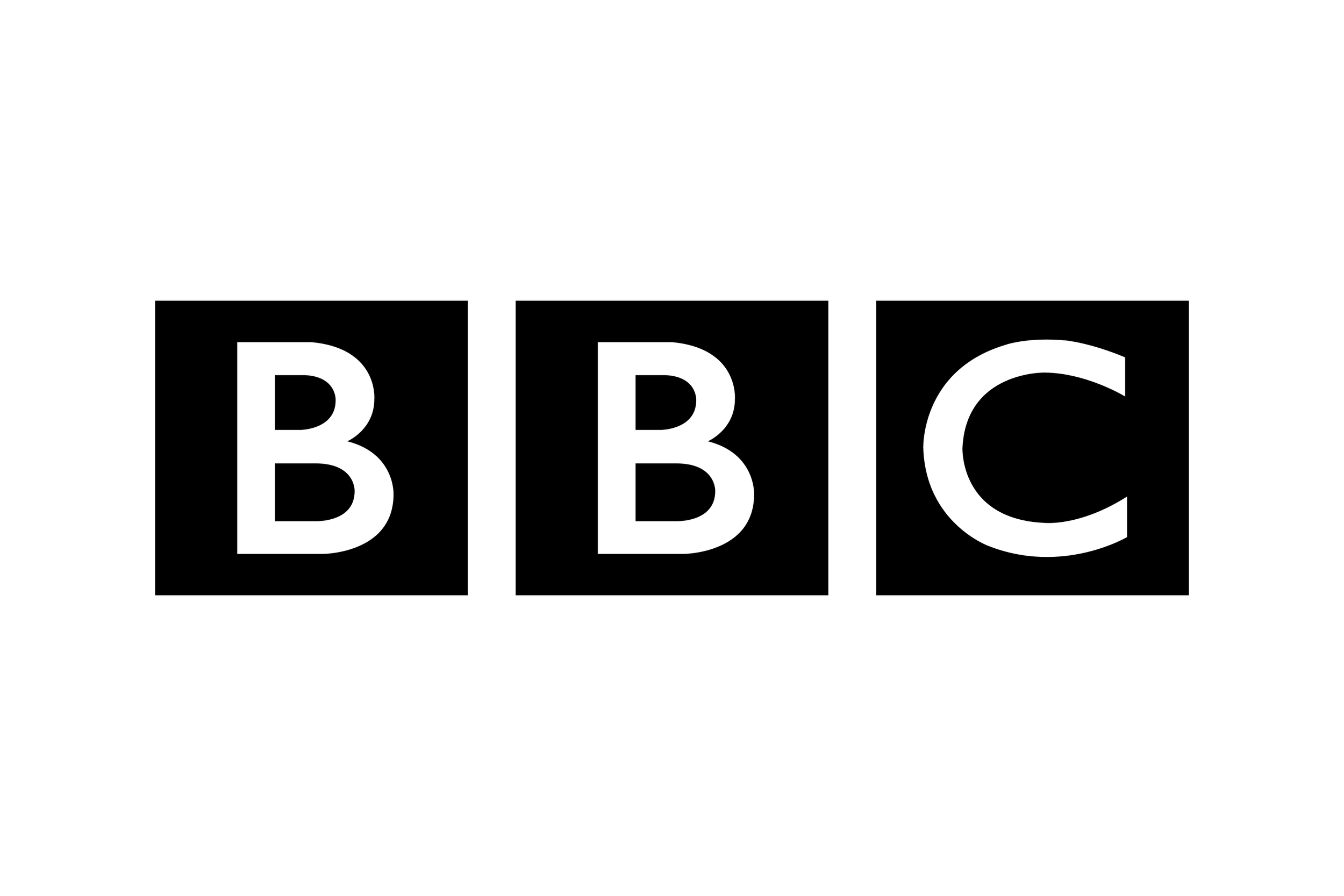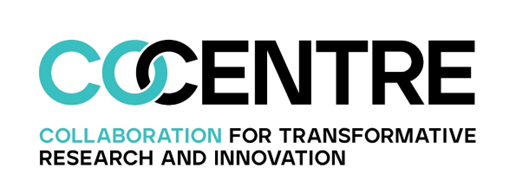From Seed to Cloth: Weaving Heritage, Innovation, and Joy Across Europe
How a new flax-to-linen journey connects Belfast and Schermbeck through craft, community, and creativity.
In Belfast city centre and the fields of the Ruhr Valley in Germany, a quiet revolution is growing—one flax seed at a time. It begins with soil on the hands, music in the air, and a shared belief that making things together—whether through dance, conversation, or the rhythm of spinning threads—can reconnect us to the land and to one another.
This is the Flax-to-Linen Project—an evolution of our Colour Stories Culture Bridge project, from 2024, expanding from natural dyeing into the full journey of flax from seed to fabric. Here, heritage meets high tech; ancient craft meets open-source robotics. And through it all runs a thread of creativity, joy, and cross-cultural collaboration.
This partnership between Brink! and Artpark was the beginning of a journey building connections across Europe. What resulted was a recognition of a Europe-wide natural fibres craft movement.
Why Flax, and Why Now?
Once central to Ireland’s economy and identity, flax and linen shaped generations of workers, weavers, and makers. But as globalisation shifted production elsewhere, this deeply rooted craft faded from daily life.
Our project seeks to revive that cultural memory—to grow flax again in our fields, to spin and dye it with care, and to reconnect people with the materials that clothe us.
But this isn’t nostalgia. By combining traditional handwork with cutting-edge spinning robotics, we’re exploring how innovation can sustain, not replace, craftsmanship.
Through this work, we highlight flax as a renewable, sustainable fibre—a plant that asks little of the land and gives so much back.
A Cross-Cultural Collaboration
Working across Northern Ireland and Germany, the project linked farmers, artisans, artists, and academics from both regions. During the project Brink! and Artpark Hoherberg developed friendships and relationships with Fibreshed Ireland, Mallon Farm, and Linen Biennale combining our collective efforts, across different events, to make a bigger impact.
The collaboration unfolded through a hybrid format of in-person and virtual workshops, discussions, and creative experiments. The experience was shared at every stage—from sowing seeds in April, to spinning and dyeing linen in late summer, to exhibitions that shared the processes with the public in Autumn, for harvest.
Each activity celebrated the rhythm of making: planting, harvesting, dyeing, weaving. And in between, there was always room for conversation, laughter, music, and the simple joy of doing things together.
Moments That Wove Us Together
-

Summer Solstice Festival – Belfast (June)
In June, we gathered at the Brink! Belfast Stories site—a once-derelict patch of the city now alive with culture and conversation. There were workshops and panels, music and movement, and shared meals that explored how climate, craft, and creativity can coexist. The natural fibres day was a day of ideas, art, and joy in the heart of the city. The vision was to inspire a movement for a fairer textile future - one where natural, locally grown fibres are at the heart of a regenerative, place-based system.
We hosted discussion panels with voices from Ulster University, Fergusons Irish Linen, Ulster Wool, Mallon Linen, Gaia Foundation, Nature Friendly Farming Network, Kindred of Ireland, Fibreshed Ireland and Patagonia.
You can check out the program from the day here.
-
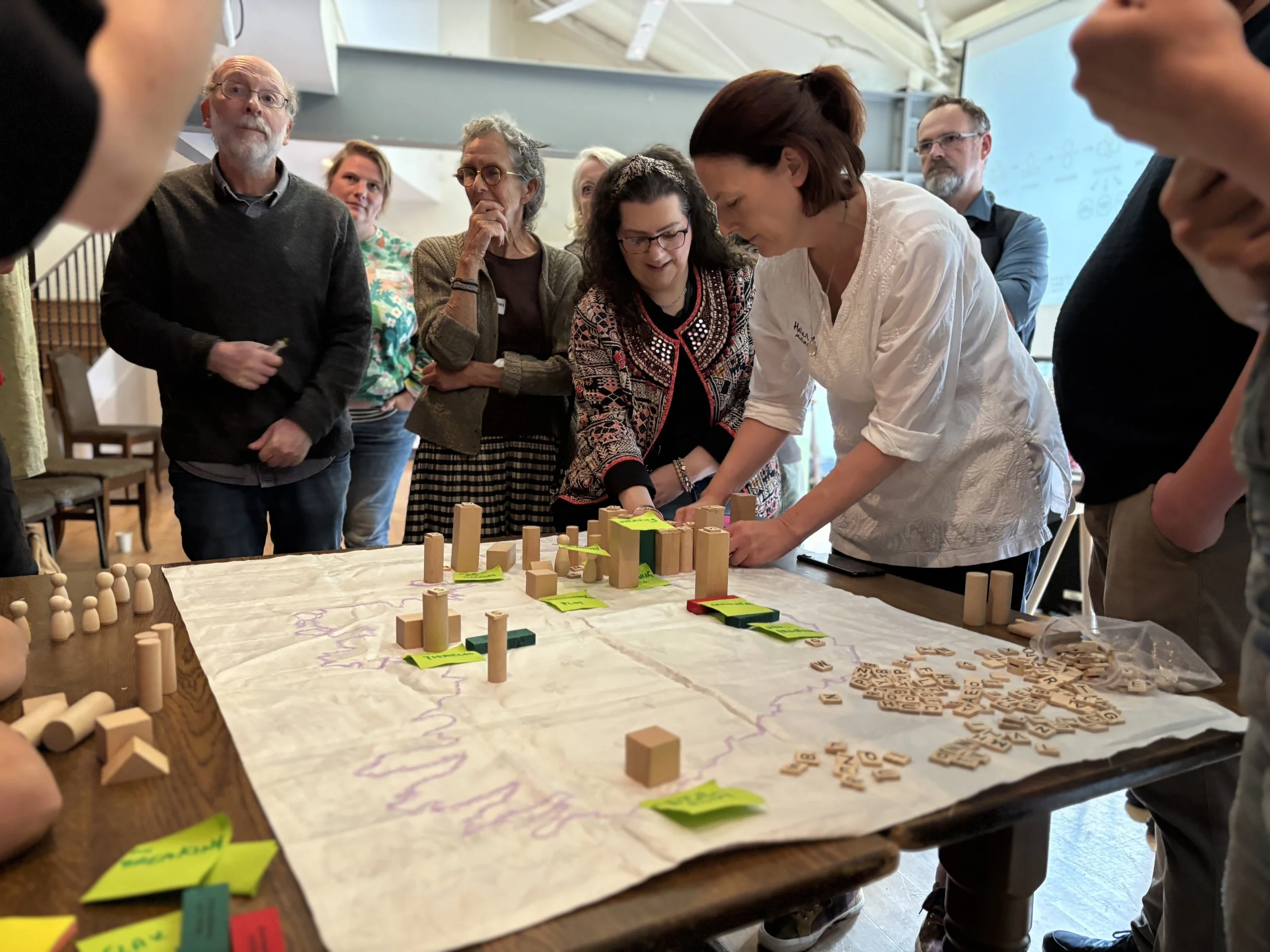
The Flax Meitheal – An Creagan, N.Ireland (August)
Later in the summer, at the end of August, we joined Fibreshed Ireland and Mallon Linen for a weekend of talks, demonstrations, music, and poetry. Farmers, weavers, and artists came together to celebrate the harvest, share stories, and imagine a “flaxen future”—a regenerative, equitable, and joyful vision for sustainable textiles. At its core is the spirit of meitheal (pronounced meh-hal), an ancient Irish tradition of cooperative work, where neighbours come together to support one another during labor-intensive seasonal tasks. More than a method of working, meitheal embodies a broader ethos of collective care, shared knowledge, and mutual aid. The weekend finished at Mallon Farm, with us harvesting the flax from the field, and learning about the innovations in seed saving, advanced composites and robotic spinning.
You can read a lovely article about the weekend at the Linen Biennale website.
-
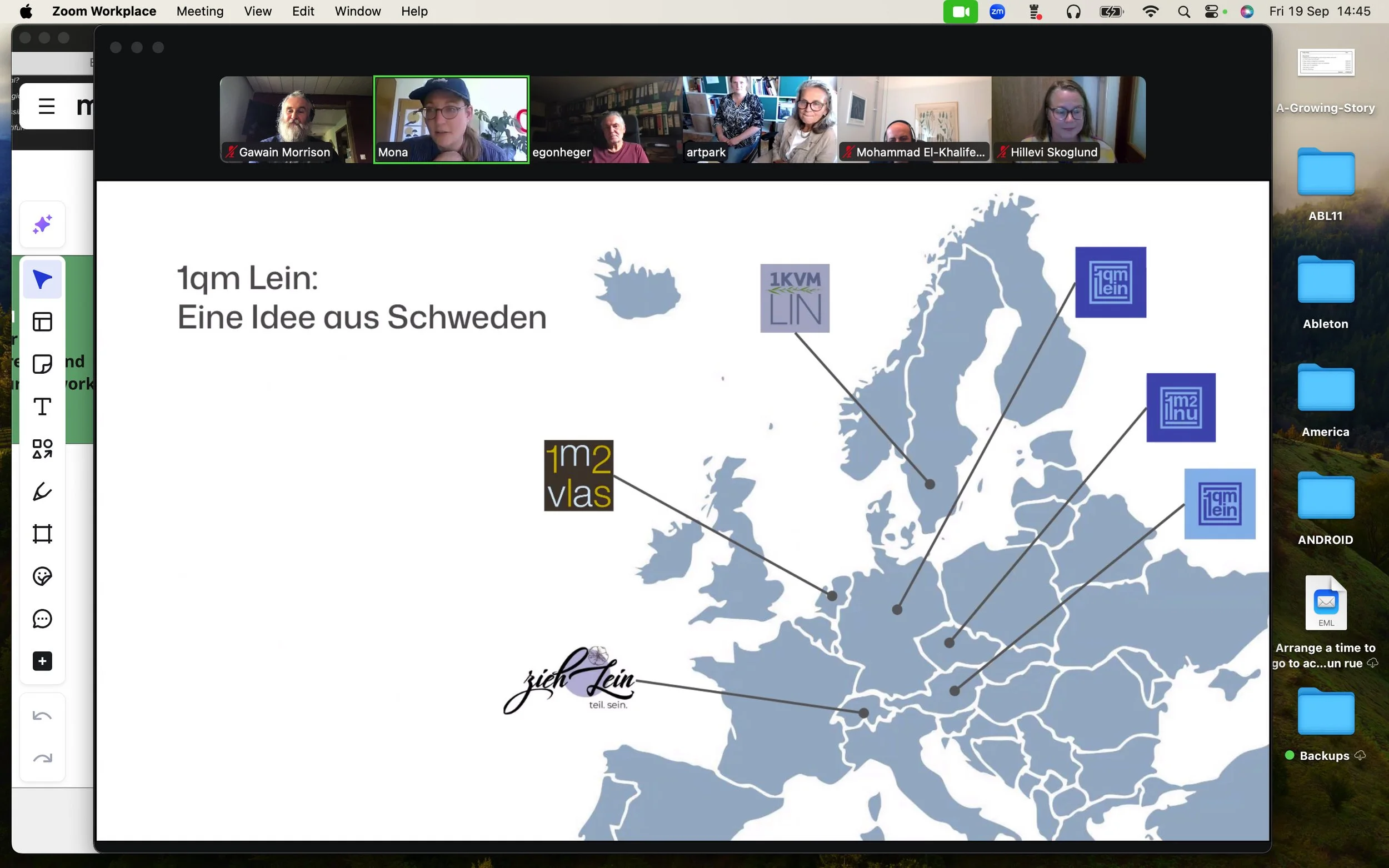
The Flax Symposium – Online (September)
Finally, participants from across Europe connected virtually to reflect on “One Square Metre of Flax,” exploring how even small community plots can spark big conversations about sustainability and belonging.
Each event blended learning with celebration—proof that sustainability isn’t just about responsibility; it’s about joy, music, and shared human experience.
Participants represented seed banks, fibre farmers, linen producers, and founders of organisations like Fibreshed across Europe, and 1 Sq Meter, from Sweden to Ireland, from Latvia to Germany.
Impact and Meaning
This project is about much more than fabric. It’s about revitalising post-industrial communities and re-energising places once shaped by industry but left without its heartbeat. By reintroducing flax cultivation and natural fibre processing, we’re creating eco-friendly economic opportunities and re-centering culture in everyday life.
It’s also about increasing cultural engagement in regions where opportunities are often scarce. Through workshops, storytelling, and hands-on making, people of all ages and backgrounds are reconnecting with their heritage and reimagining the future together.
From elders who remember linen’s heyday to young people experimenting with robotics and design, we’re weaving a living network—one that values skill, sustainability, and shared culture.
As part of our Flax Meitheal weekend we mapped the current state of flax and linen across Ireland.
Map produced by Fibreshed Ireland from the mapping workshops that took place during The Flax Meitheal weekend at An Creagan.
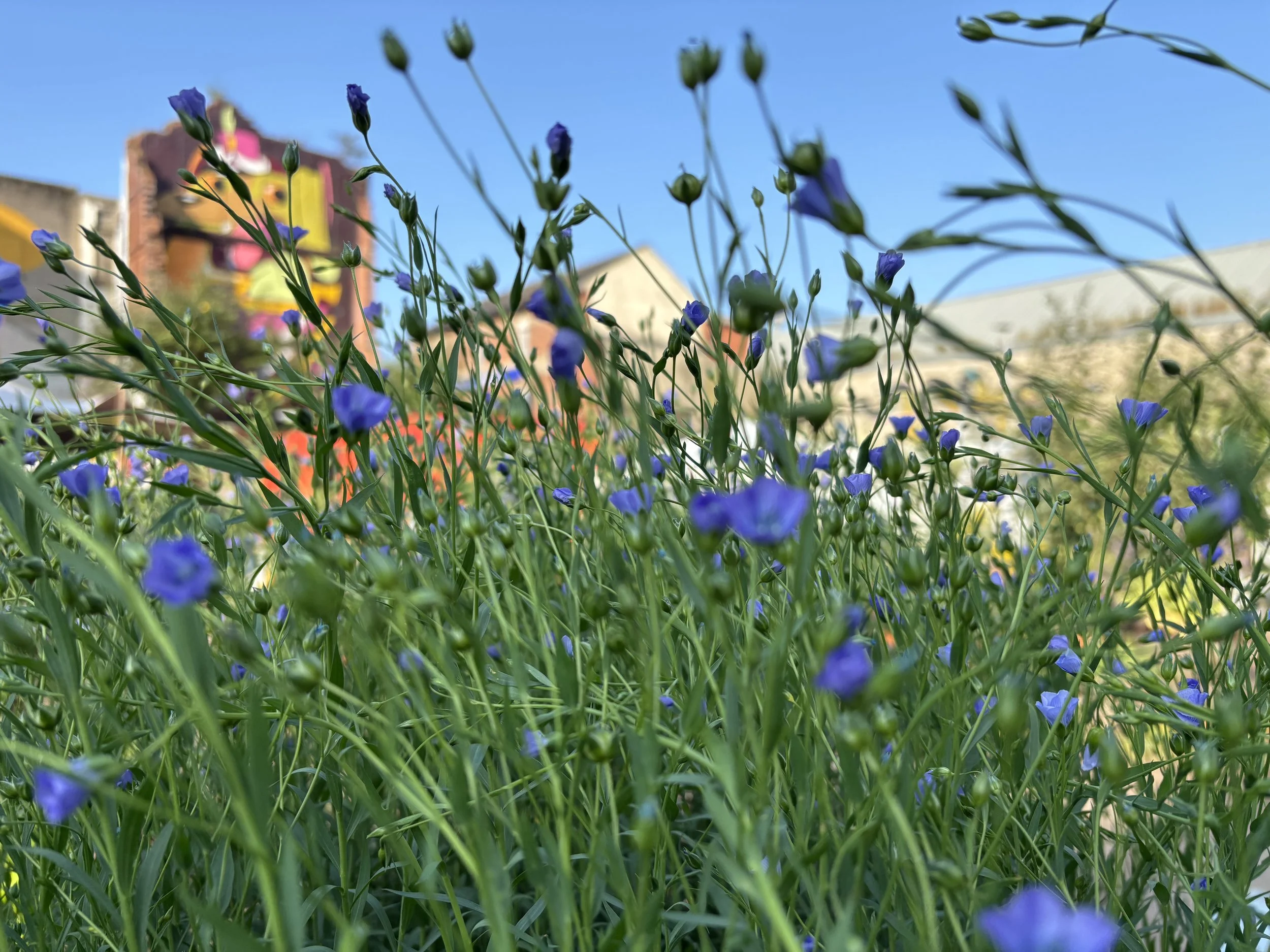
Looking Ahead
While this is just the first phase, we see it as the foundation of a European flax network—a growing community of makers, growers, and thinkers committed to sustainable textiles. Together, we’re proving that the threads of history can still weave a future full of creativity, connection, and care for the planet.
Each seed planted this spring represents more than linen—it represents hope, collaboration, and the joy of making something meaningful together.
Louise Cullen
BBC News NI agriculture and environment correspondent.
Our partners in this project are Artpark Hoher Berg, Fibreshed Ireland, Mallon Linen, and the Linen Bienalle.
With support from Cultural Bridge, Design & Crafts Council of Ireland, and The Co-Centre for Climate + Biodiversity + Water.

